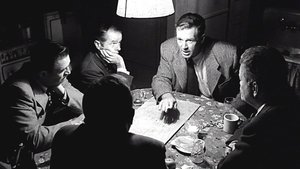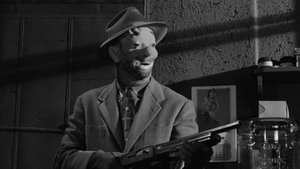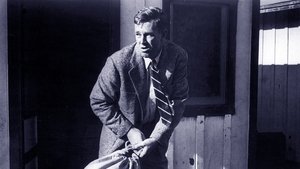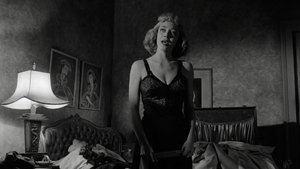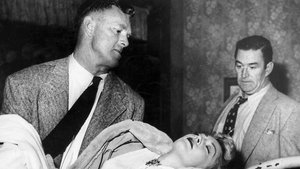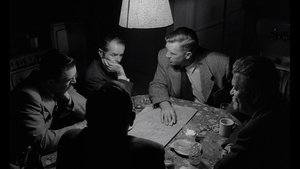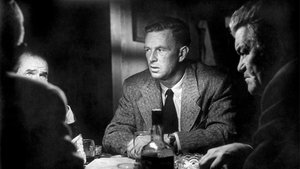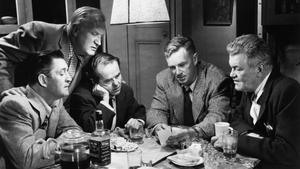Contact: [email protected]
Video Sources 0 Views
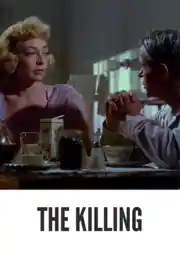
Synopsis
[ez-toc]




Introduction
In the ever-evolving landscape of cinema, the art of colorization has played a pivotal role in revitalizing old movies and breathing new life into classic films. One such timeless gem that has undergone this transformative process is the 1956 American heist film, “The Killing Colorized.” Directed by the legendary Stanley Kubrick, this film has now been reintroduced to audiences in a mesmerizing colorized version, offering a fresh perspective on a cinematic masterpiece.
Read Media File Transfer Agreement: Terms and Conditions
Read FAQ
The History and Significance of “The Killing Colorized”
Stanley Kubrick, renowned for his groundbreaking contributions to cinema, directed “The Killing Colorized” in 1956. The film marked a significant moment in Kubrick’s career, showcasing his early prowess as a filmmaker. A standout in the heist film genre, “The Killing Colorized” revolves around a meticulously planned racetrack robbery and unfolds with a gripping narrative that keeps viewers on the edge of their seats.
The story, written by Kubrick himself, is a testament to his storytelling ingenuity. As a heist film, it stands as a precursor to later masterpieces like “Reservoir Dogs” and “Heat,” influencing the genre with its intricate plot and well-defined characters. The racetrack robbery serves as the linchpin of the narrative, creating tension and suspense that have stood the test of time.
Bringing “The Killing Colorized” to Life: The Making and Restoration of a Classic
Behind the scenes, the collaboration between Stanley Kubrick and producer James B. Harris, operating under the Harris-Kubrick Pictures Corporation, was instrumental in bringing “The Killing” to life. The partnership between the two filmmakers resulted in a production that seamlessly blended narrative brilliance with visual aesthetics.
The restoration of “The Killing Colorized” to a colorized version was no small feat. James B. Harris, with his commitment to preserving cinematic history, spearheaded the project. The colorization process aimed not only to pay homage to the original black-and-white masterpiece but also to introduce vibrant hues that enhance the viewing experience for modern audiences. The restored film now boasts natural colors that add a layer of authenticity to the visual storytelling.
Exploring the Visuals and Style of “The Killing Colorized”
“The Killing Colorized” is a quintessential example of film noir, a genre characterized by its dark, atmospheric visuals and morally ambiguous characters. Kubrick, in his early work, showcased a keen understanding of noir elements, using shadow and light to craft a compelling visual narrative.
The film’s stark contrast, deep shadows, and moody lighting contribute to its film noir classification. Kubrick’s meticulous attention to detail, even in his early career, is evident in the way each frame is composed, creating an immersive experience for the audience. “The Killing Colorized” stands as both a genre classic and a testament to Kubrick’s ability to masterfully employ visual elements to convey the story’s emotional depth.
The Cast: A Closer Look at the Performances in “The Killing Colorized”
The success of any film relies heavily on the performances of its cast, and “The Killing Colorized” boasts a stellar ensemble. Sterling Hayden leads the pack, delivering a charismatic portrayal of Johnny Clay, the mastermind behind the racetrack robbery. His performance is both nuanced and captivating, drawing viewers into the intricate web of the heist.
Supporting cast members such as Coleen Gray, Vince Edwards, and Jay C. Flippen contribute significantly to the film’s overall impact. Each actor brings a unique energy to their respective roles, elevating the storytelling and creating a memorable ensemble performance.
The Controversy Surrounding Colorization in Film Preservation
While the colorized version of “The Killing” aims to enhance the visual experience, it is not without its share of controversy. Purists argue that altering the original black-and-white format may compromise the filmmaker’s intended artistic vision. However, proponents of colorization argue that it breathes new life into classic films, making them more accessible and engaging for contemporary audiences.
The vibrant colors in the colorized version of “The Killing” add a layer of visual appeal that resonates with modern viewers. It becomes a delicate balance between preserving the authenticity of the original and adapting to evolving audience preferences.
Reception, Awards, and Legacy of “The Killing”
Upon its release in 1956, “The Killing” received positive reviews from critics and audiences alike. The film’s innovative storytelling, coupled with Kubrick’s directorial flair, contributed to its critical acclaim. While not a blockbuster at the box office, “The Killing” solidified Kubrick’s reputation as a filmmaker with a unique voice and vision.
The legacy of “The Killing” extends beyond its initial reception, influencing subsequent heist films and crime thrillers. Filmmakers such as Quentin Tarantino have acknowledged the impact of Kubrick’s work on their own cinematic endeavors. The film’s enduring legacy speaks to its cultural significance and lasting influence on the cinematic landscape.
Preserving Cinematic Masterpieces: The Role of Colorization
The colorization of old movies serves a crucial role in preserving cinematic masterpieces for future generations. As technology advances, the restoration and enhancement of classic films become more accessible, allowing audiences to experience these gems in a new light. Colorization breathes fresh air into old films, making them more appealing to contemporary viewers while preserving the essence of the original work.
The debate over colorization is not a new one, but it underscores the importance of adapting to the changing landscape of filmmaking and audience preferences. As we strive to introduce classic films to new generations, colorization becomes a valuable tool in bridging the gap between the past and the present.
The Enduring Legacy of “The Killing” in Both Its Original and Colorized Versions
In conclusion, “The Killing Colorized 1956” stands as a testament to the timeless nature of cinematic art. Stanley Kubrick’s vision, coupled with the brilliant performances of the cast, has solidified this film as a cinematic masterpiece. The colorization of “The Killing” adds a new dimension to the viewing experience, inviting audiences to rediscover the magic of a classic in vibrant hues.
As we navigate the ever-expanding landscape of cinema, it’s essential to appreciate the efforts made to preserve and enhance the works of visionary filmmakers like Stanley Kubrick. “The Killing” in its colorized form not only pays homage to the past but also ensures that the film remains relevant and captivating for generations to come. Whether in its original black-and-white glory or the newly colorized rendition, “The Killing” continues to captivate audiences, showcasing the enduring power of a true cinematic masterpiece.
